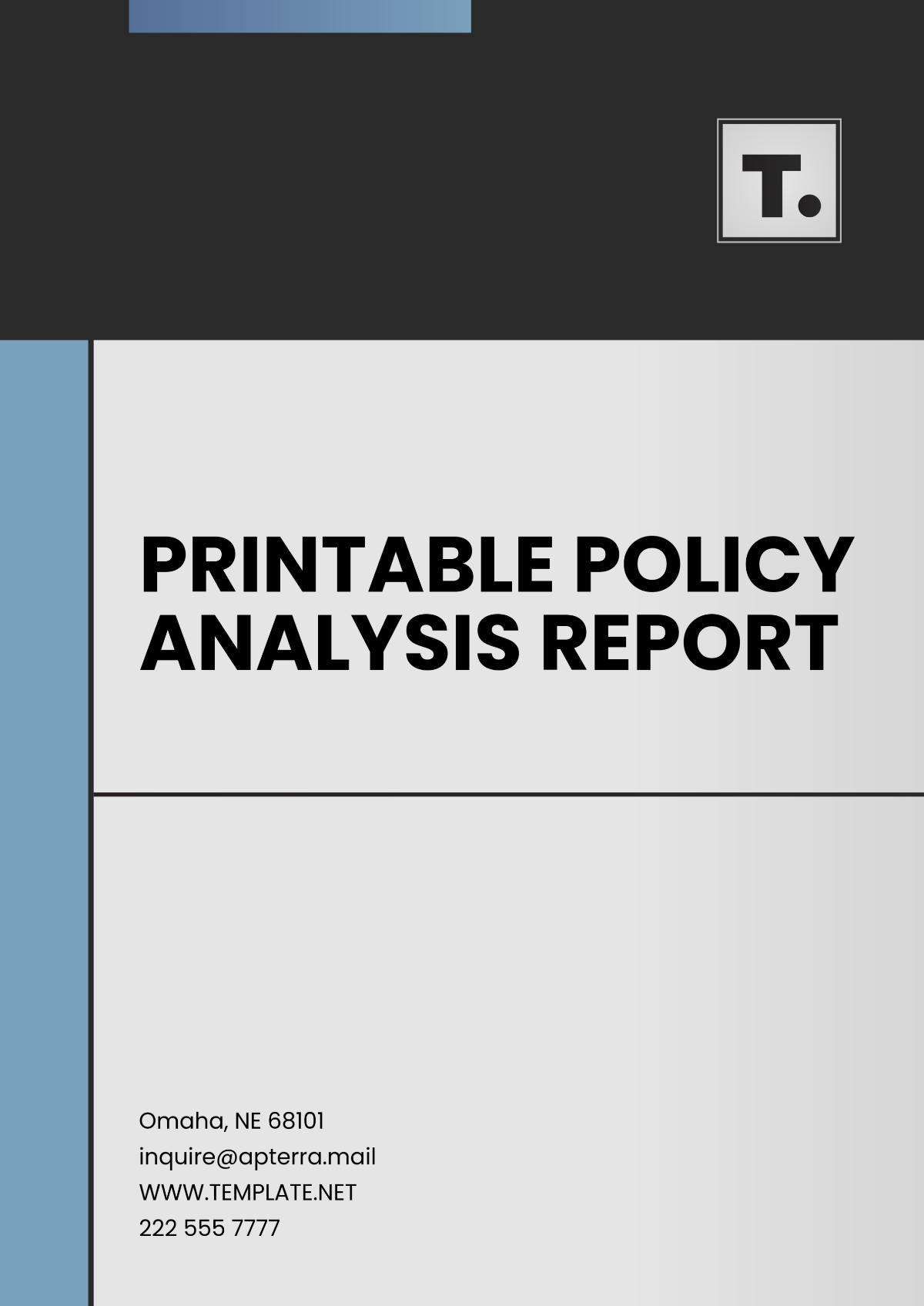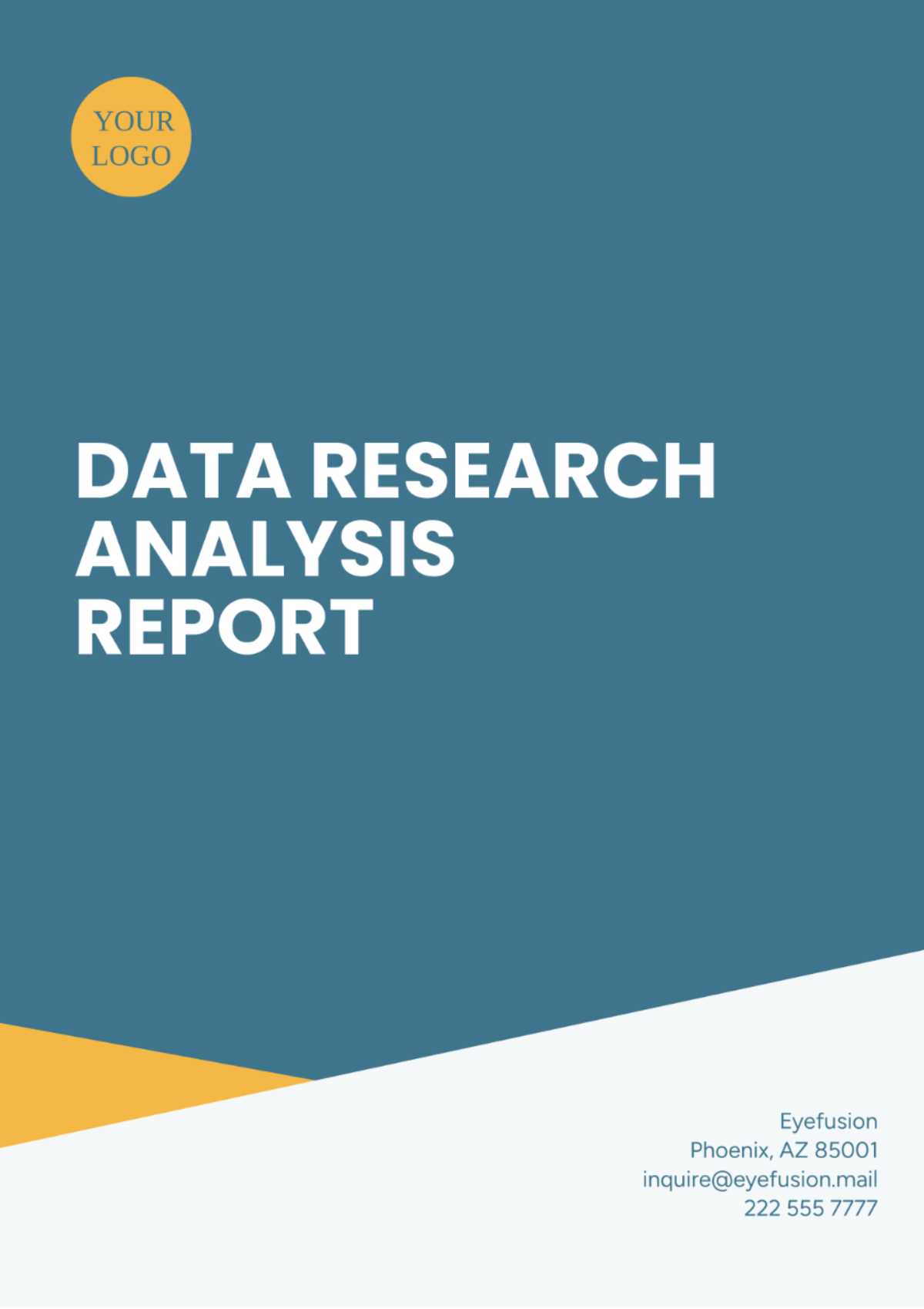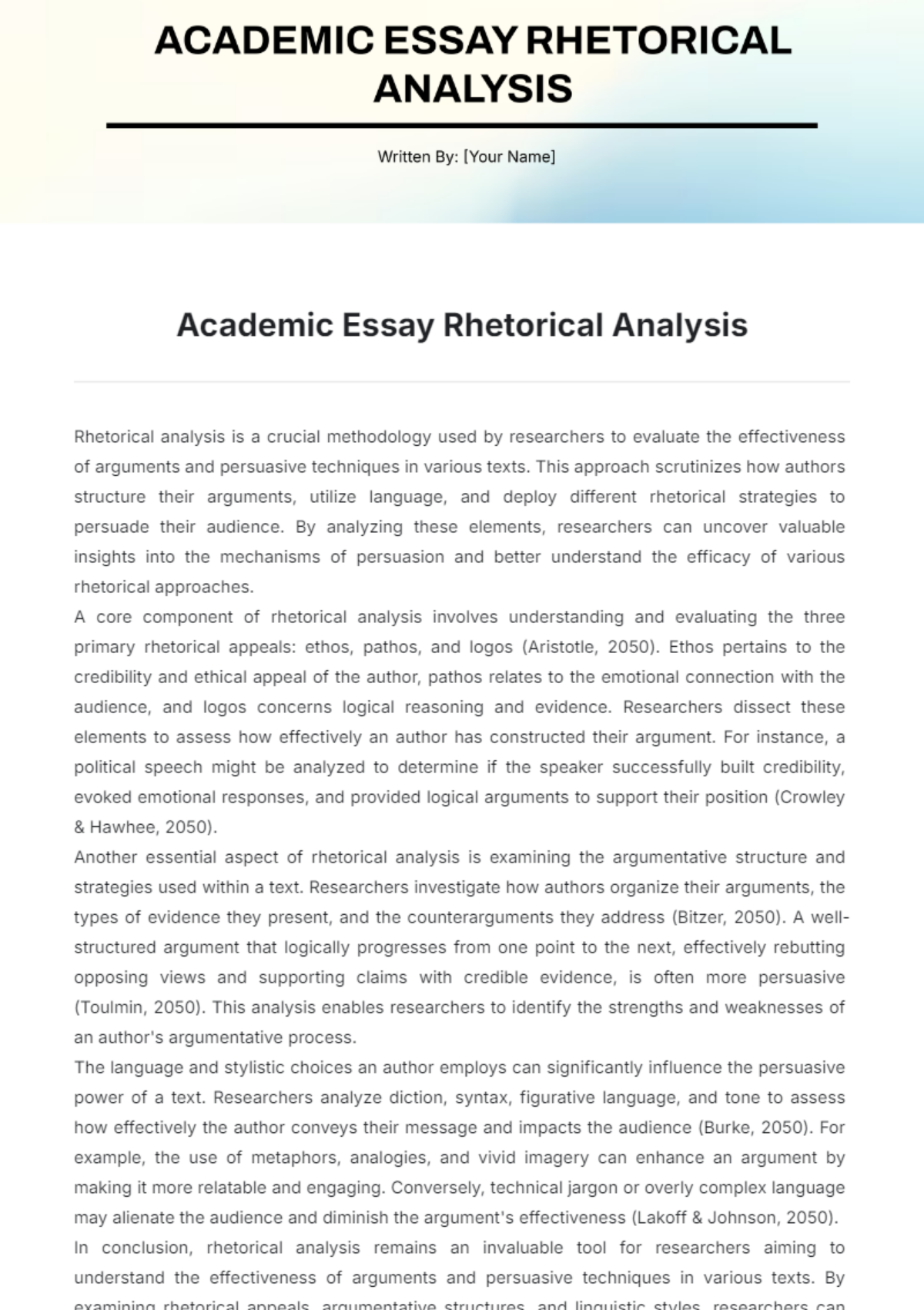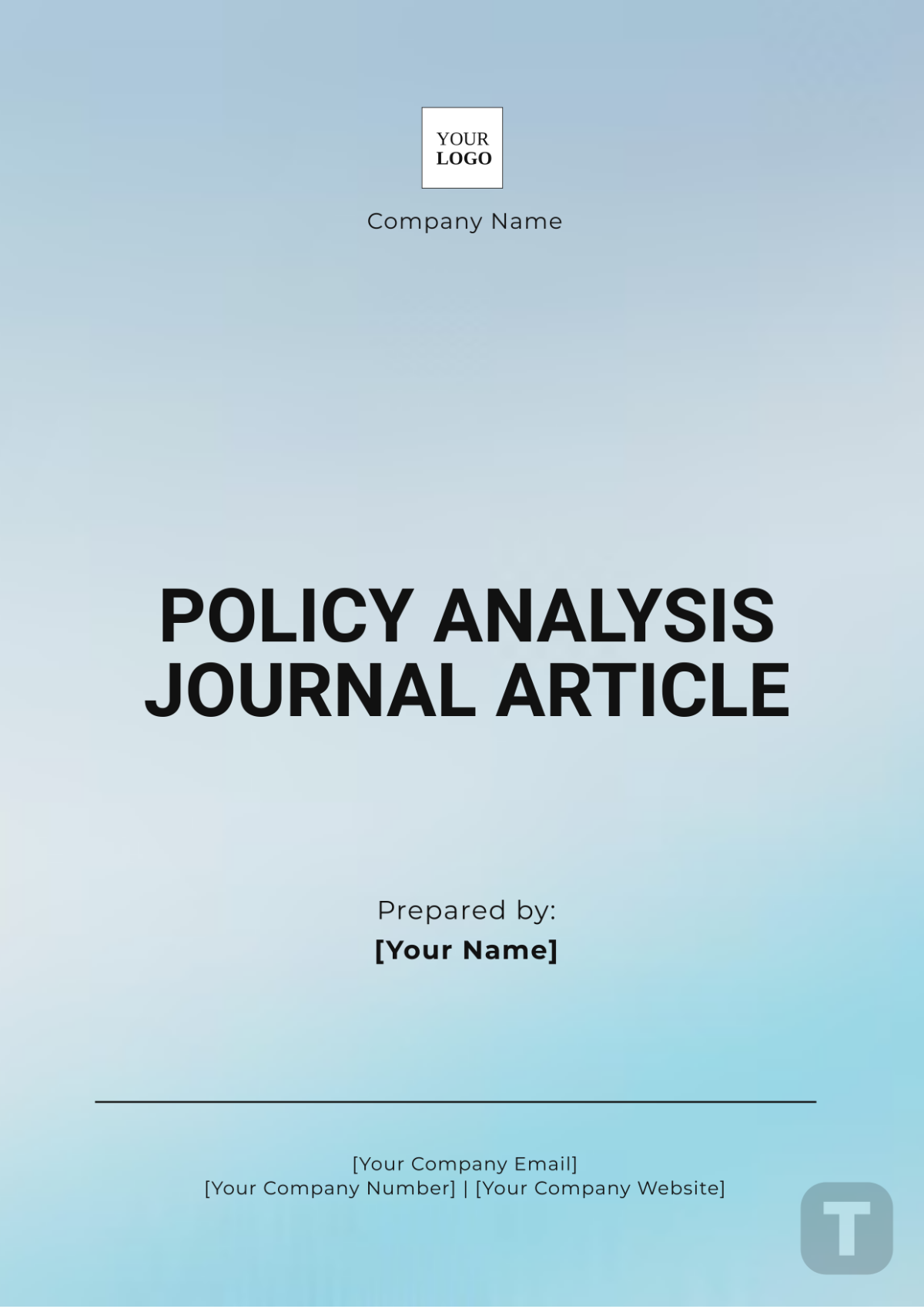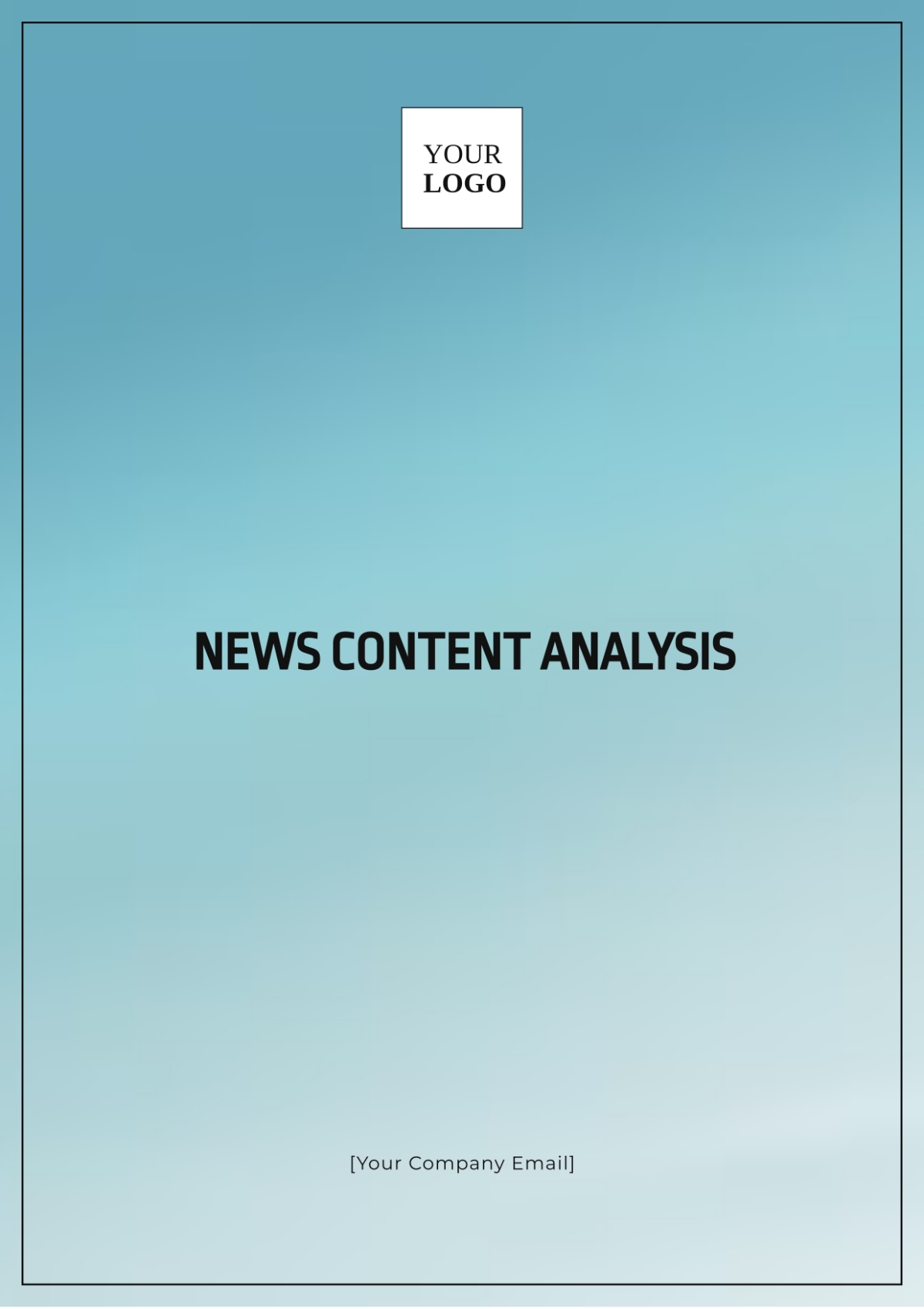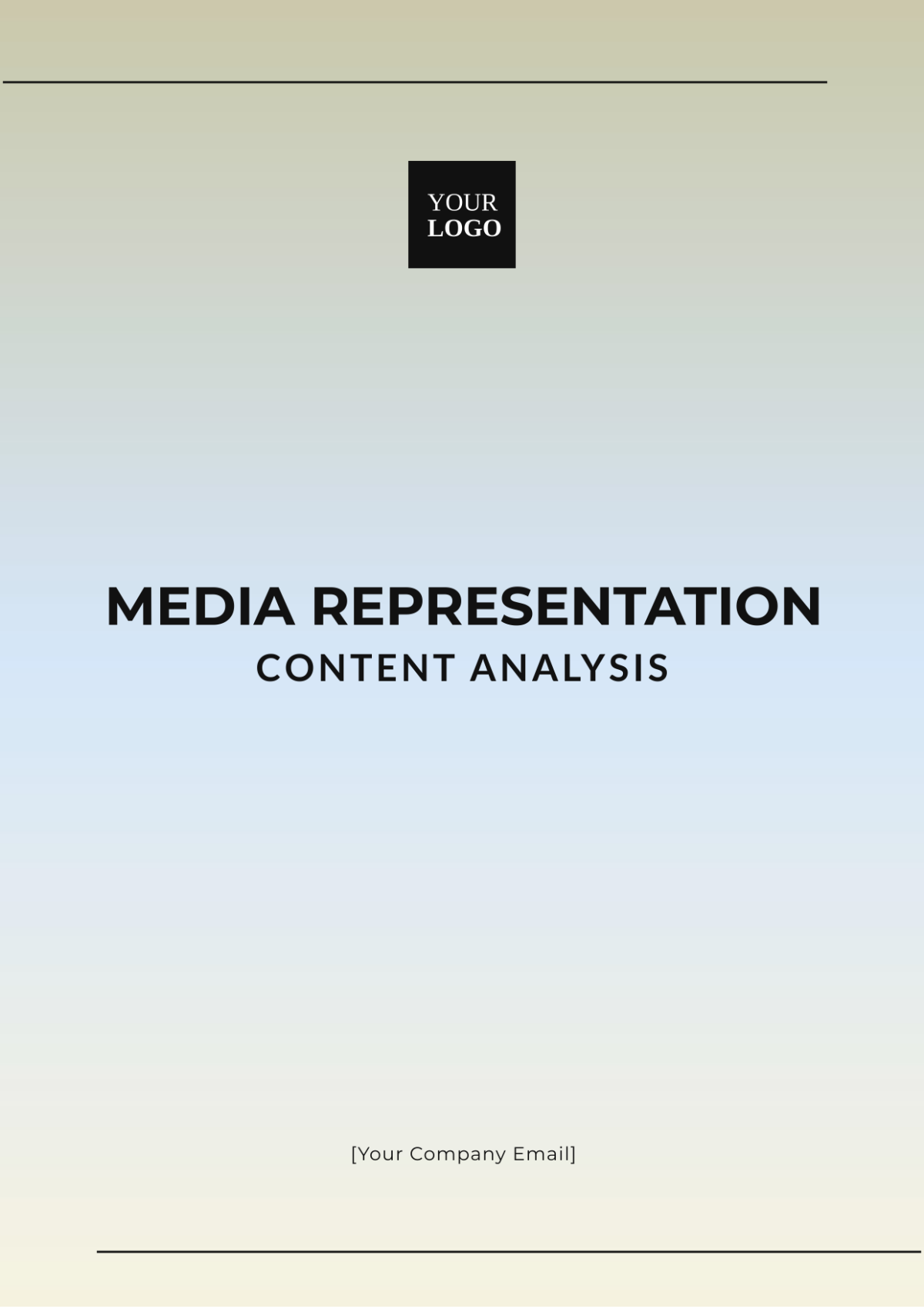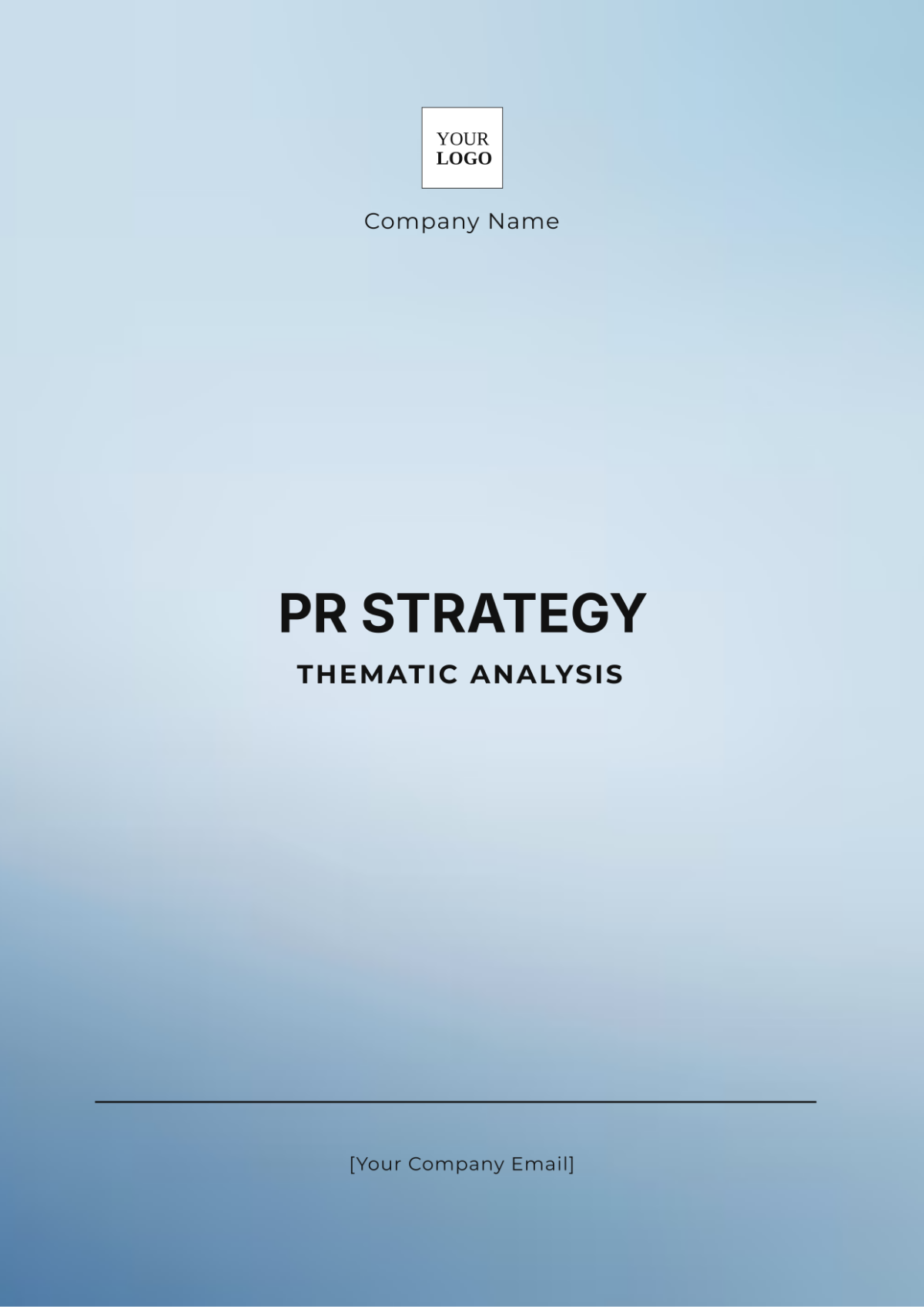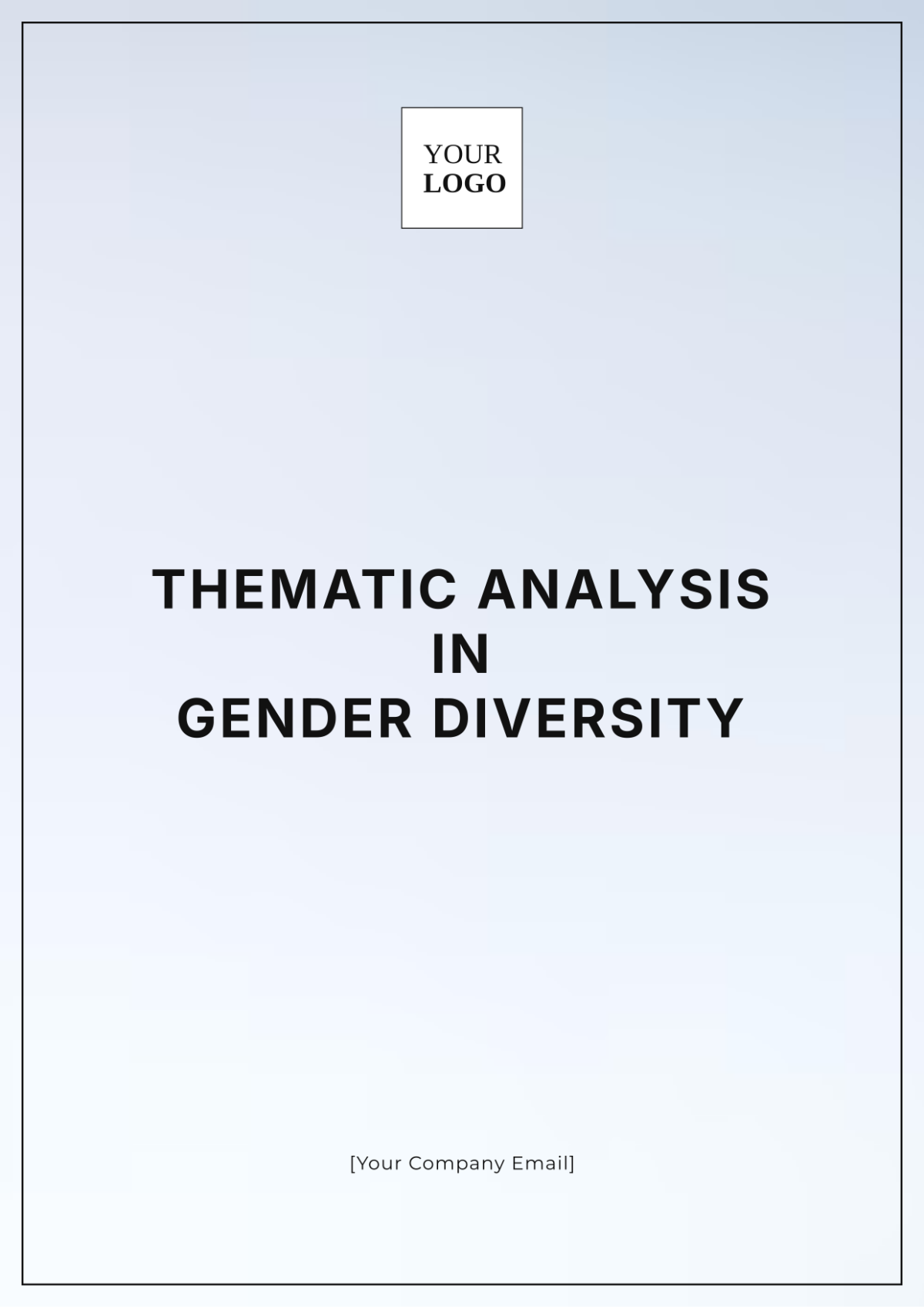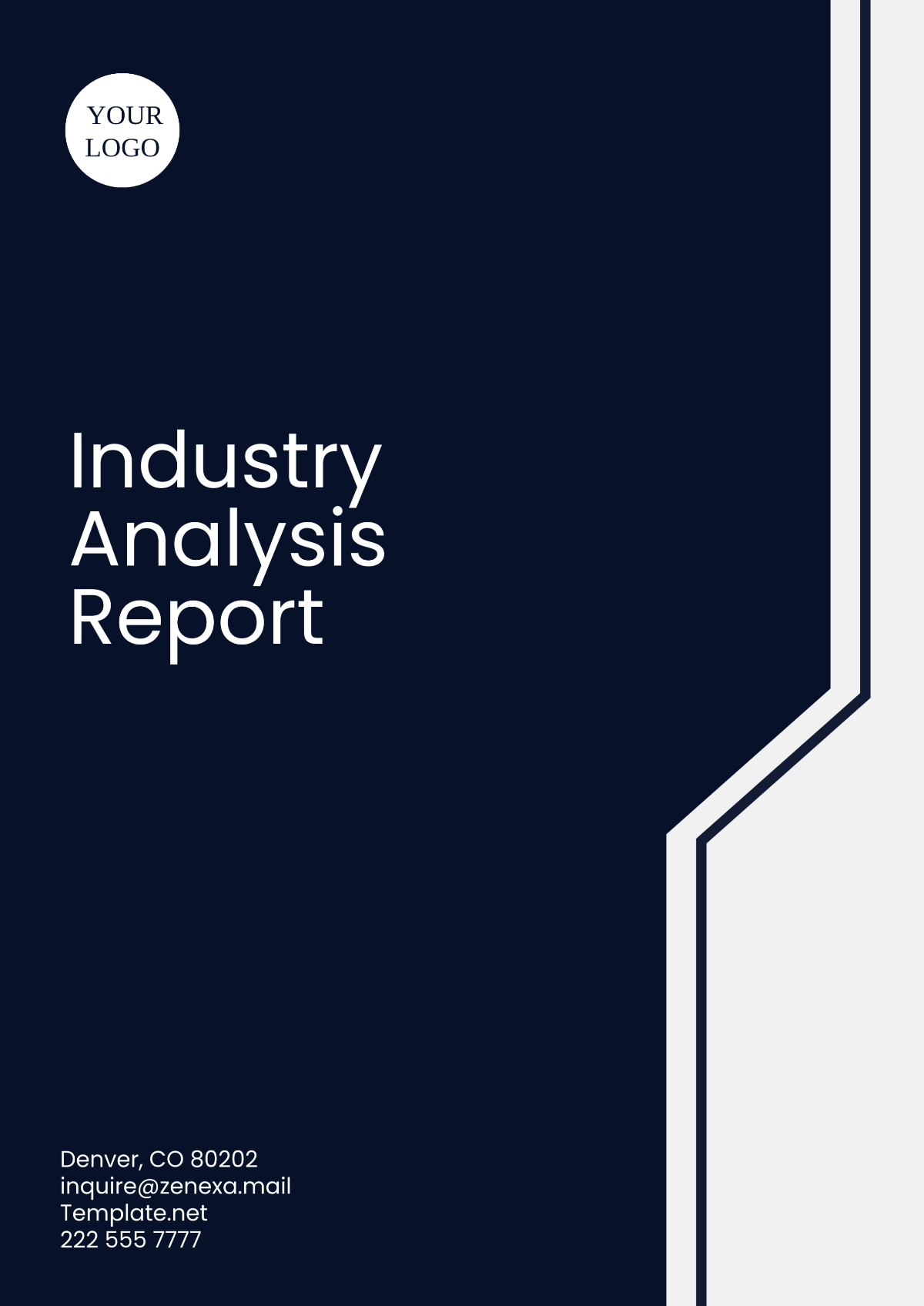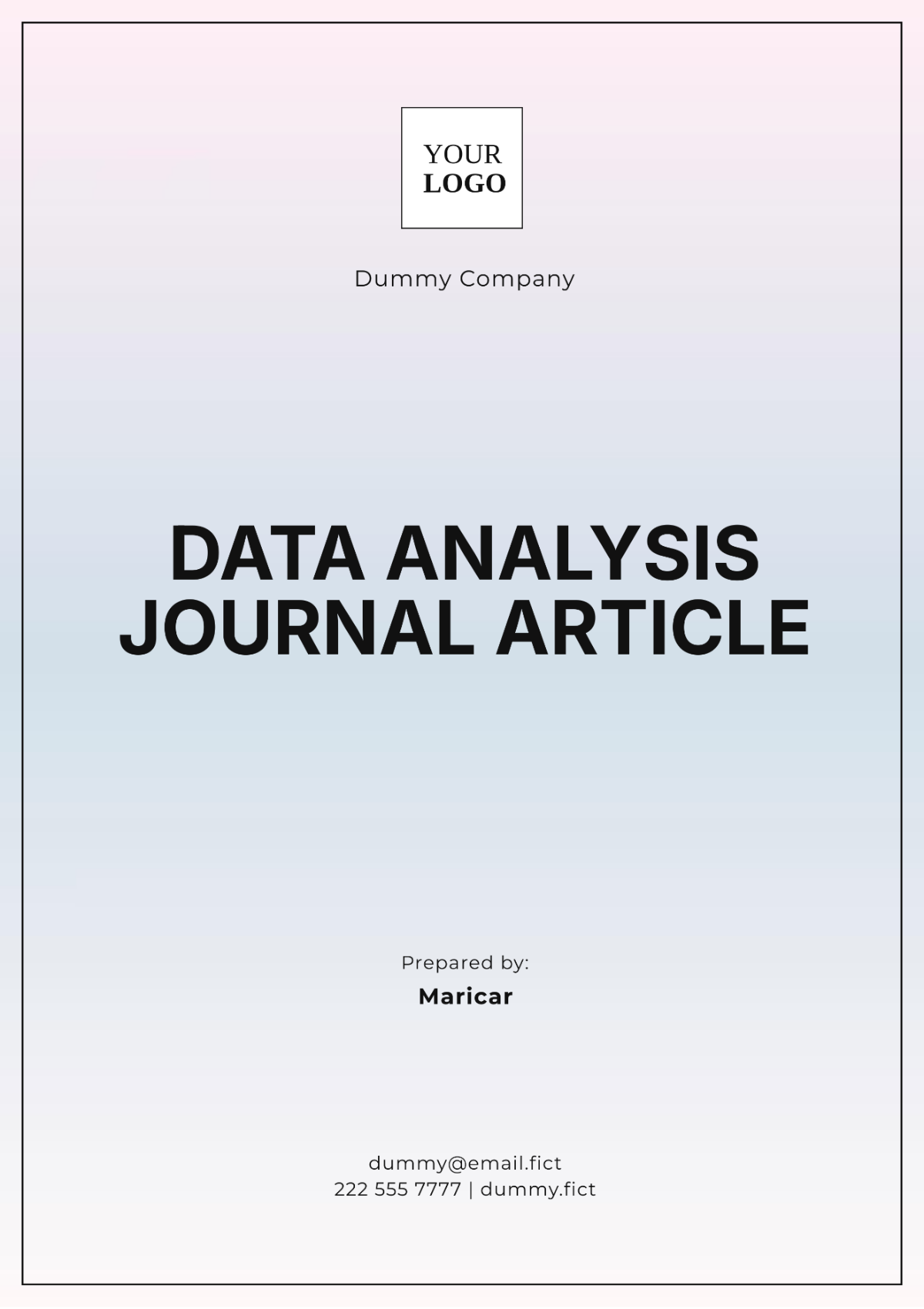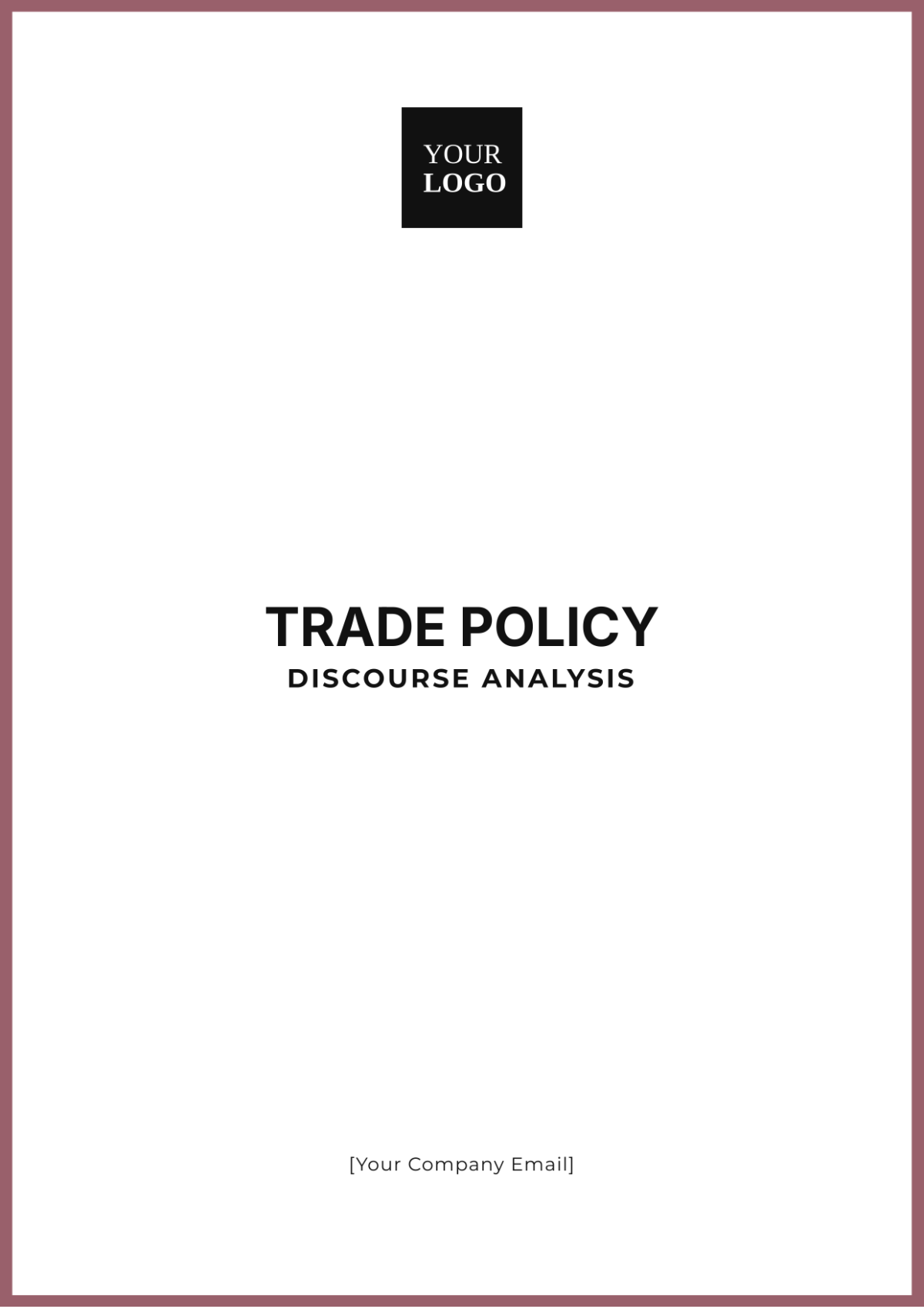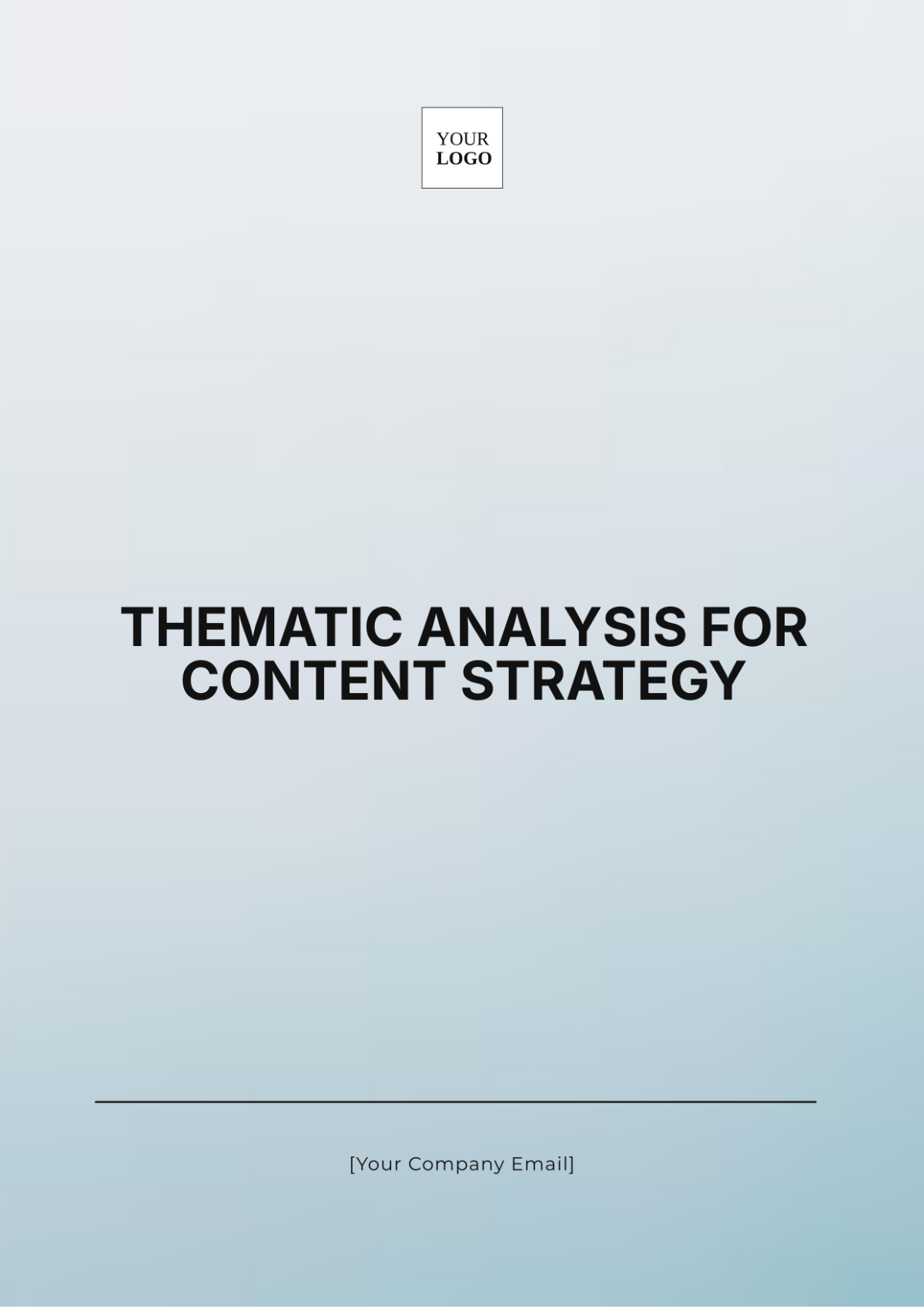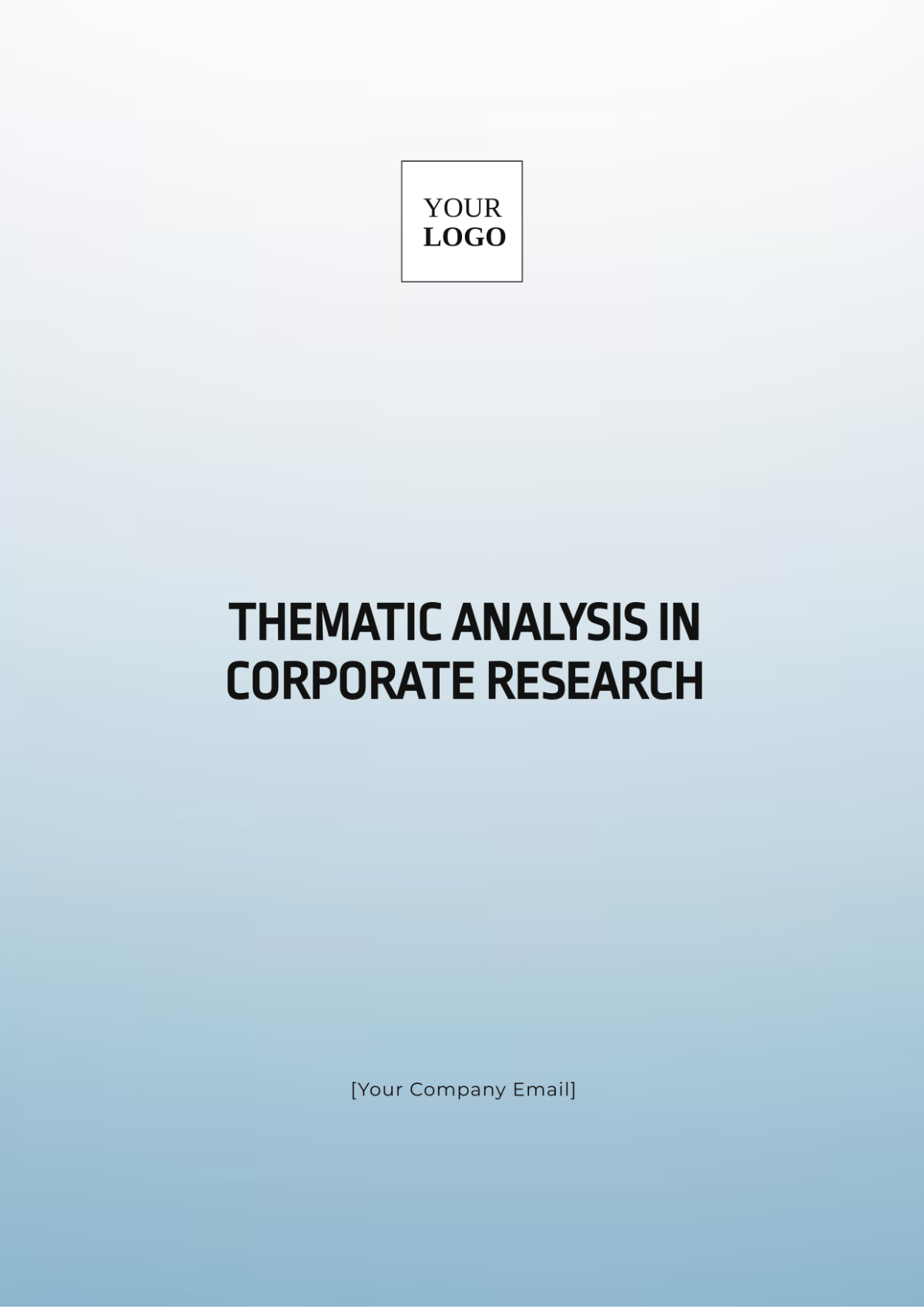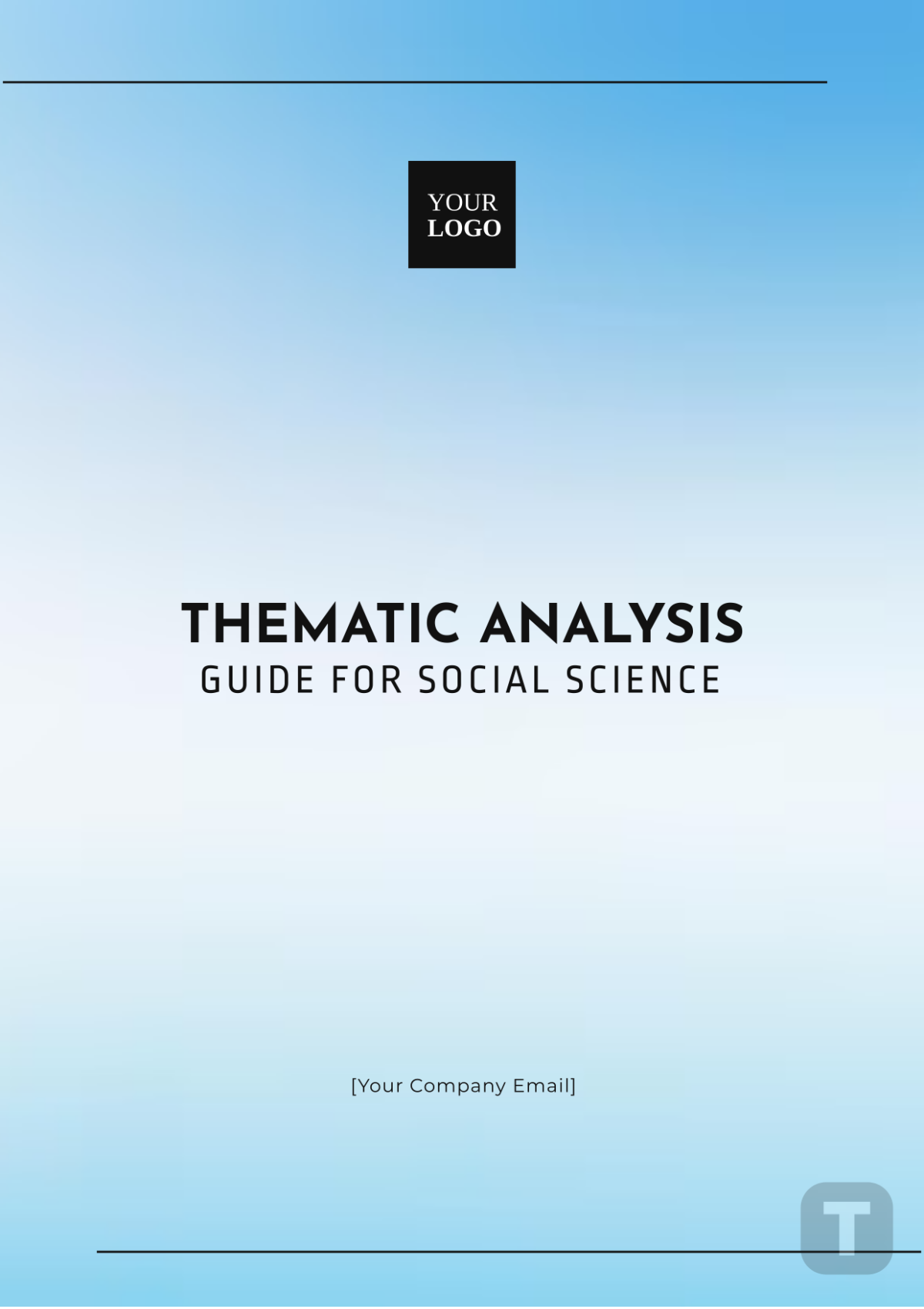News Content Analysis
Prepared By: [Your Name]
Date: [Date]
1. Introduction
The media landscape is continuously evolving, with significant changes in how news is reported and consumed. This News Content Analysis examines a range of news articles, broadcasts, and digital content. The purpose of this analysis is to identify patterns, themes, biases, and representations across various news outlets, shedding light on the nature of news coverage, emerging trends, and the influence of media on public opinion. The analysis explores how different sectors, including politics, economics, health, environment, social issues, and technology, are covered by the media.
2. Methodology
2.1 Research Design
The research design employed a mixed-methods approach, incorporating both quantitative content analysis and qualitative discourse analysis. This dual approach allows for a comprehensive understanding of both the prevalence of certain topics and the underlying narratives and biases within the news coverage.
2.2 Data Collection
Sample Selection: The analysis included content from major global news outlets such as The Global Times, World News Network, and the digital platform NewsStream. The sample consisted of 500 articles, 150 broadcast segments, and 300 digital news pieces published between January 1, 2050, and March 31, 2050.
Data Sources: The data sources were chosen to represent a diverse range of perspectives, including state-run, independent, and corporate-owned media, ensuring a broad analysis of media coverage.
2.3 Analytical Framework
Content Categories: The content was categorized into six primary themes: Political News, Economic News, Health News, Environmental News, Social Issues, and Technology News.
Key Variables: Key variables included the frequency of coverage, tone (positive, negative, neutral), prominence (front page, leading story, minor mention), and framing (e.g., crisis, innovation, advocacy).
Coding Process: A team of analysts coded the content using a detailed codebook to ensure consistency. Intercoder reliability was tested, achieving a Cohen’s kappa score of 0.85, indicating a high level of agreement among coders.
3. Findings
3.1 Political News Coverage
Frequency: Political news dominated the coverage, making up a substantial portion of the total news content. The focus was on global governance issues and geopolitical tensions.
Tone Analysis: The tone of political news was predominantly neutral, with notable instances of negative coverage addressing conflicts and diplomatic failures, and some positive coverage highlighting successful international collaborations.
Framing: The framing of political news was largely centered around conflict and crisis, with significant emphasis on geopolitical tensions and diplomatic challenges.
Theme | Frequency | Tone | Framing |
|---|---|---|---|
Global Governance | 20% | Neutral | Diplomatic Efforts |
Geopolitical Tensions | 15% | Negative | Conflict |
International Collaborations | 5% | Positive | Progress |
3.2 Economic News Coverage
Frequency: Economic news also received significant attention, particularly concerning the transition to a green economy and the challenges faced by emerging markets.
Tone Analysis: The tone was balanced, with a mixture of neutral, positive (highlighting growth in sustainable industries), and negative (focusing on economic disparities) coverage.
Framing: Economic news was frequently framed around recovery and innovation, with coverage of renewable energy advancements and financial policies.
Theme | Frequency | Tone | Framing |
|---|---|---|---|
Green Economy Transition | 15% | Positive | Innovation |
Challenges in Emerging Markets | 5% | Negative | Crisis |
Global Financial Policies | 5% | Neutral | Regulation |
3.3 Health News Coverage
Frequency: Health news was prominently covered, driven by global responses to health crises and advancements in medical technology.
Tone Analysis: The tone varied, with a balance of neutral, positive (emphasizing technological advancements), and negative (focusing on health impacts) coverage.
Framing: Health news was primarily framed as a public health emergency, with a focus on global cooperation and health security.
Theme | Frequency | Tone | Framing |
|---|---|---|---|
Viral Outbreak Management | 10% | Neutral | Crisis Management |
Medical Technology Advancements | 7% | Positive | Innovation |
Global Health Policies | 3% | Neutral | Implementation |
3.4 Environmental News Coverage
Frequency: Environmental news coverage was moderate, reflecting ongoing concerns about climate change and conservation efforts.
Tone Analysis: The tone was mainly positive, with a mix of neutral and negative coverage focusing on environmental degradation.
Framing: Environmental news was framed around progress and sustainability, highlighting successful initiatives and ongoing challenges.
Theme | Frequency | Tone | Framing |
|---|---|---|---|
Climate Change Mitigation | 5% | Positive | Progress |
Biodiversity Conservation Efforts | 2% | Neutral | Sustainability |
Environmental Degradation | 1% | Negative | Crisis |
3.5 Social Issues News Coverage
Frequency: Social issues were covered less frequently but included significant topics such as digital rights and gender equality.
Tone Analysis: The tone varied, with positive coverage of digital rights, neutral coverage, and negative coverage of gender equality issues.
Framing: Social issues were framed as part of broader social movements, focusing on advocacy and awareness.
Theme | Frequency | Tone | Framing |
|---|---|---|---|
Digital Rights Movement | 3% | Positive | Advocacy |
Gender Equality | 2% | Negative | Conflict |
3.6 Technology News Coverage
Frequency: Technology news was less prominent but covered key topics such as AI ethics and quantum computing.
Tone Analysis: The tone was mostly positive, with some neutral and negative coverage focusing on ethical concerns.
Framing: Technology news was framed around innovation, emphasizing the transformative potential of new technologies.
Theme | Frequency | Tone | Framing |
|---|---|---|---|
Ethical AI Development | 1% | Negative | Risk |
Quantum Computing Breakthroughs | 1% | Positive | Innovation |
4. Recommendations
Based on the findings, it is recommended that media organizations:
Increase Focus on Environmental and Social Issues: Given their importance, these topics should receive more consistent coverage to ensure public awareness and engagement.
Promote Balanced Reporting: Strive for a more balanced approach, especially in politically and economically sensitive topics, to prevent the amplification of biases.
Expand Technology Coverage: As technology continues to evolve rapidly, there is a need for more in-depth reporting on its implications, particularly regarding ethics and societal impact.
5. Conclusion
The media coverage reflects a world in transition, with a significant focus on global governance, economic innovation, and public health challenges. Political and economic news dominate, particularly around geopolitical tensions and the shift towards a green economy. Health and environmental news also play crucial roles, highlighting global health responses and climate change efforts. Social issues, though less prominent, are presented within the context of broader societal movements, and technology news, while less frequent, is centered on innovations and ethical concerns.
This analysis underscores the influence of media on shaping public perception and highlights the need for diverse and balanced reporting to address the complex issues of our time. By focusing on these areas, media organizations can contribute to a more informed and engaged global audience.


